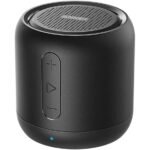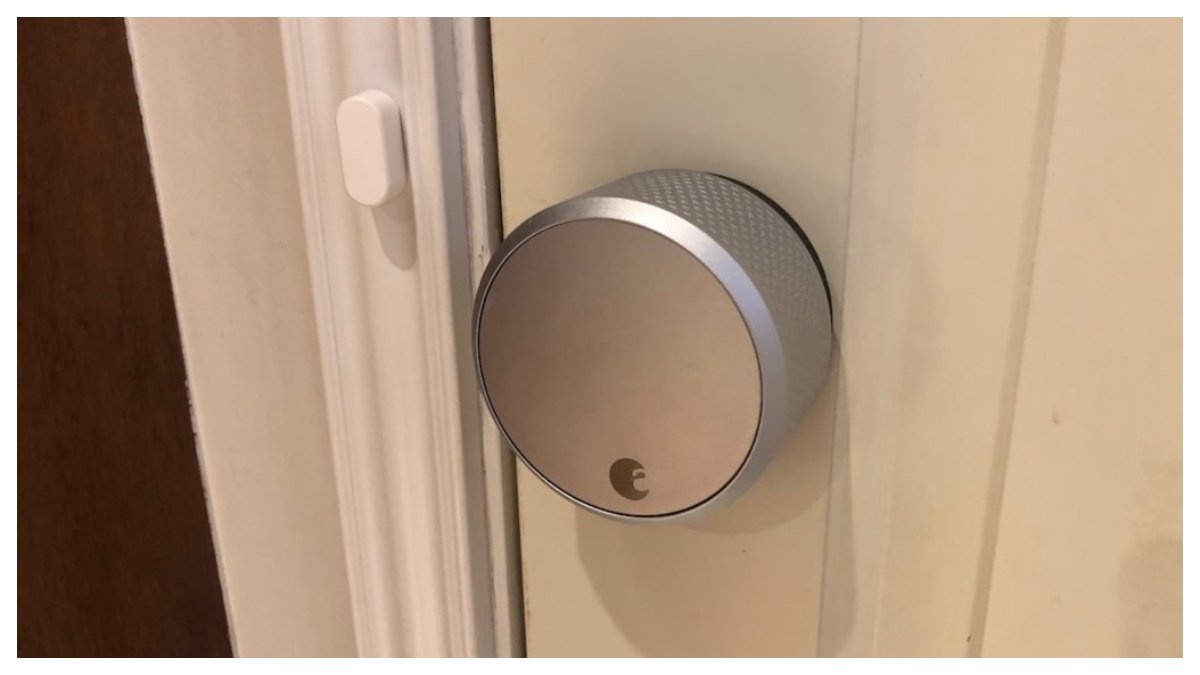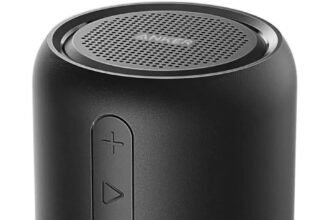The Mysterious Mechanics Behind Smart Locks You may be curious about the process of transforming a conventional lock, typically considered inert, into a “smart” lock. In this context, “smart” denotes the lock’s capacity to interface with other electronic devices. Much akin to a smartphone, a smart lock is capable of integrating into your home’s Wi-Fi network.
The operational status of the smart lock can be remotely monitored from any location equipped with an internet connection. Utilizing a person’s smartphone, a smart lock can be conveniently unlocked, obviating the need for supplementary keys. Commonly referred to as keyless door locks, smart locks offer enhanced accessibility and security features.
Traditional keys are rendered unnecessary for door access, as a mobile application facilitates the administration of such devices. Additionally, a keypad integrated into the lock enables users to input access codes for entry.
A smart lock establishes a connection with your residence’s Wi-Fi network, enabling it to receive unlock commands or codes from your smartphone. The installation process may vary depending on the type of lock being replaced; some models can be installed directly over the existing lock with minimal drilling required.
Integration with platforms such as Alexa and other smart home devices facilitates user management, allowing for the addition of authorized users and an administrator who can impose access restrictions when configured appropriately. Should you desire interoperability between multiple locks, setting up a Wi-Fi gateway between them and your network becomes imperative.
Conventional doors necessitate the use of physical house keys for locking and unlocking access. However, for those seeking enhanced functionality beyond the basic requirements, Smart Lock technology presents an optimal solution. Smart locks significantly augment convenience and security by offering keyless entry capabilities, allowing seamless locking and unlocking of the front door without compromising home security.
With a smart lock system in place, a smartphone can effectively serve as both a key and a door opener. Leveraging remote door unlocking functionality via smartphone ensures that occupants remain alerted to visitors and package deliveries, thus minimizing the likelihood of missed interactions.
A keyless entry system proves invaluable for individuals frequently grappling with traditional keys while attempting to gain access to their property. Implementing a smart lock eliminates the need for producing additional physical keys, thereby enhancing security by mitigating the risk of spare keys being dispersed throughout the vicinity. The prompt notifications delivered via alerts instill peace of mind, assuring occupants of their building’s safety. The anxiety associated with leaving the house hurriedly to meet work or school commitments, and subsequently wondering if the door was securely locked, is alleviated with smart lock integration. Smart locks assure automatic locking, alleviating such concerns and ensuring seamless security measures.
At their core, smart locks serve as digital substitutes for traditional deadbolts, maintaining the fundamental locking mechanism while integrating remote electronic control capabilities. What sets smart locks apart from conventional locks is the heightened level of interaction they afford. Enabled by smart lock technology, doors can be unlocked remotely from any location.
Given that most smart locks seamlessly interface with standard deadbolt systems, they offer comparable levels of security. Ultimately, the perceived security of both smart locks and traditional locks is subjective and contingent upon individual preferences, as they typically employ similar locking mechanisms.
Smart locks offer multifaceted enhancements to both security and convenience. They facilitate comprehensive monitoring of building access by tracking entry and exit activity, enabling administrators to discern the identity of individuals entering the premises. With the capacity to generate and manage over fifty unique access codes for various stakeholders such as friends, family, and employees, smart locks offer granular control over access permissions.
Detailed logs of access code usage, including timestamps, allow for precise scrutiny of entry records, further bolstering security measures. Additionally, users can configure their mobile devices to receive real-time notifications whenever specific access codes are utilized, ensuring immediate awareness of entry events. Furthermore, mobile device alerts can be customized to provide additional layers of security and awareness.
Smart locks streamline the process of facilitating guest access by enabling the generation of temporary access codes. This alleviates the burdensome tasks associated with creating duplicate keys and adjusting schedules to accommodate out-of-town visitors. Temporary access codes afford guests the freedom to come and go at their convenience, without necessitating permanent alterations to the system.
Upon their departure, these temporary passwords can be promptly removed from the system, ensuring security and privacy. The customizable nature of smart lock functionalities empowers users to establish personalized access rules tailored to their preferences and requirements, thereby exerting precise control over home security measures.
The lock affords multiple access modalities, encompassing Bluetooth connectivity, fingerprint recognition, passcode or PIN entry, radio frequency identification (RFID), one-time password authentication, and traditional manual key usage. Despite potential imperfections, the amalgamation of robust security measures and user convenience inherent in a premium-grade lock produced by a reputable manufacturer eclipses any associated drawbacks.


















